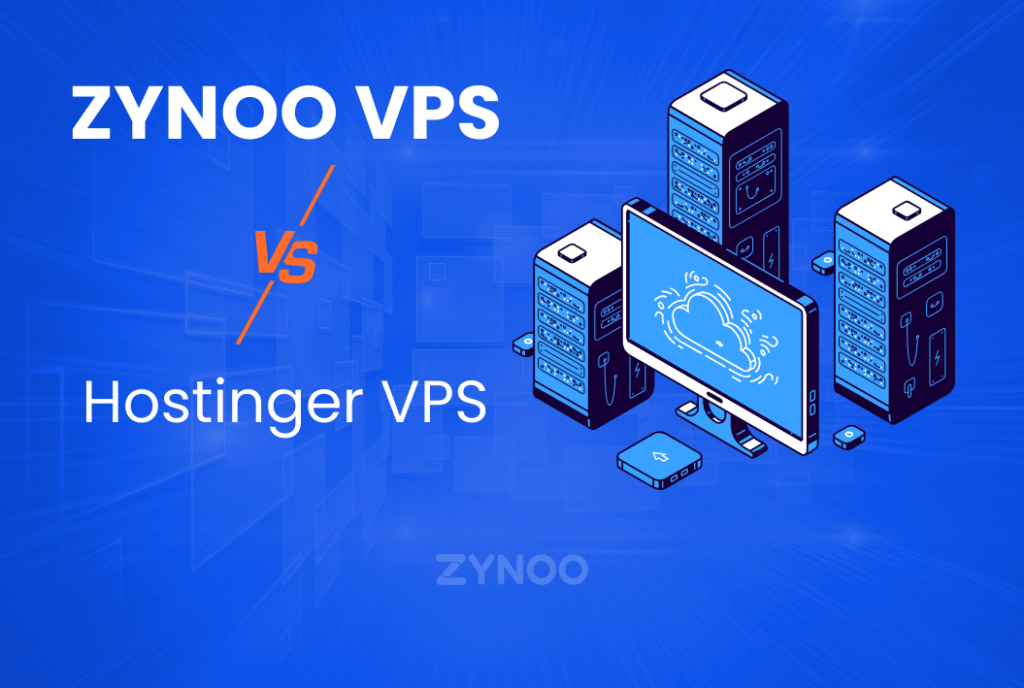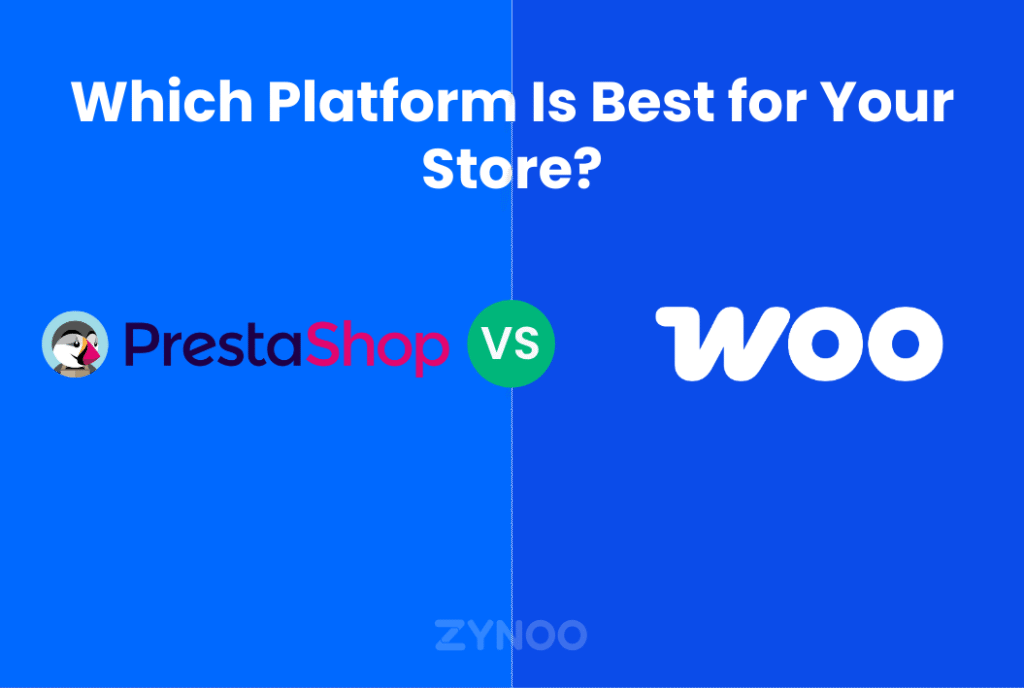The need for robust cybersecurity measures cannot be overstated in an era where online presence is crucial for businesses and individuals alike. Distributed Denial of Service (DDoS) attacks are among the most common and disruptive threats to website functionality and integrity. Understanding DDoS protection and implementing effective strategies is essential to safeguarding your digital assets.
What is DDoS Protection?
DDoS protection encompasses a range of technologies and strategies designed to defend against Distributed Denial of Service attacks. These attacks aim to overwhelm a website or online service with excessive traffic from multiple sources, causing disruptions and rendering the service unavailable to legitimate users. Effective DDoS protection ensures that your website remains operational, even in the face of such malicious activities.
The Basics of DDoS Attacks
Before delving into DDoS protection strategies, it’s essential to understand how these attacks work. DDoS attacks typically involve a network of compromised devices, known as a botnet, which floods the target website with traffic. This overwhelming influx of requests exhausts the target’s resources, leading to slowdowns or complete outages.
Types of DDoS Attacks
DDoS attacks can be classified into three main categories:
- Volume-Based Attacks: These focus on overwhelming the bandwidth of the target site, using techniques like UDP floods and ICMP floods.
- Protocol Attacks: These consume server resources by exploiting weaknesses in communication protocols, such as SYN floods and Ping of Death.
- Application Layer Attacks: These target specific applications, making it difficult to distinguish between legitimate and malicious traffic. Examples include HTTP floods and Slowloris attacks.
Why DDoS Protection is Crucial
The consequences of a successful DDoS attack can be severe, impacting businesses and individuals alike.
Financial Implications
Downtime caused by DDoS attacks can lead to significant financial losses, especially for e-commerce websites. Lost sales, increased operational costs, and the expense of mitigating attacks can quickly add up.
Reputational Damage
Repeated DDoS attacks can erode customer trust and damage your brand’s reputation. Users expect reliability and accessibility, and frequent disruptions can drive them to competitors.
Operational Disruptions
A DDoS attack can cripple your operations, affecting employee productivity and access to critical systems. This disruption can hinder your ability to serve customers and meet business objectives.
Legal and Compliance Risks
Depending on your industry, failing to protect sensitive data from DDoS attacks can result in legal consequences and regulatory fines. Ensuring robust DDoS protection is a crucial aspect of compliance with data protection laws.
Comprehensive DDoS Protection Strategies
Implementing a multi-layered approach to DDoS protection is essential for defending against diverse attack vectors. Here are key strategies to consider:
Use a Content Delivery Network (CDN)
CDNs distribute traffic across multiple servers, reducing the load on any single server and making it harder for attackers to overwhelm your system. Content Delivery Network (CDN) can also absorb and filter out malicious traffic before it reaches your primary server.
Best CDN providers with robust DDoS protection available in 2024:
- Cloudflare: Known for its extensive DDoS protection capabilities, Cloudflare provides multilayered defenses covering network, transport, and application layers. It boasts a capacity of over 37 Tbps, ensuring the absorption of even the largest DDoS attacks. Cloudflare also offers a Web Application Firewall (WAF), Rate-limiting features, and advanced analytics for real-time threat detection and mitigation.
- Akamai: Akamai’s Prolexic is designed for enterprise-level DDoS Protection capable of handling complex and large-scale attacks. It uses a global network of scrubbing centers to filter malicious traffic and offers both always-on and on-demand protection options. Akamai’s comprehensive suite also includes Edge DNS and API protection.
- Imperva: Imperva Incapsula offers advanced security tools and real-time attack analytics, making it ideal for enterprises, particularly in the financial sector. It provides global load balancing, WAF, API security, and bot protection. Imperva’s DDoS protection covers layers 3, 4, and 7 with a rapid three-second mitigation SLA.
- AWS Shield: Integrated with Amazon Web Services, AWS Shield provides scalable DDoS protection with Standard and Advanced tiers. The Standard tier is free and protects against common attacks, while the Advanced tier offers enhanced protection and 24/7 support for more sophisticated threats.
- StackPath: StackPath combines CDN services with robust security features, including DDoS protection, WAF, and advanced image optimization. It is user-friendly, with a straightforward web console, and offers competitive pricing for its services.
- Gcore: Gcore offers comprehensive DDoS protection with real-time traffic filtering and global defense mechanisms. It supports various integration modes, including protected servers and GRE tunnels, and maintains high availability with a 99.9% SLA.
- KeyCDN: Known for its affordability and ease of use, KeyCDN provides effective DDoS protection along with features like HTTP/2 support, free SSL certificates, and traffic analytics. It’s an attractive choice for smaller businesses and first-time users.
These providers offer a range of features tailored to different business needs, ensuring that websites remain secure and performant against DDoS threats.
Implement Web Application Firewalls (WAF)
A WAF acts as a barrier between your website and the internet, filtering out malicious traffic and blocking attack attempts. It can be configured to recognize and mitigate various types of DDoS attacks, ensuring only legitimate traffic reaches your site.
Invest in Anti-DDoS Technology
Specialized anti-DDoS solutions can detect and respond to DDoS attacks in real time. These tools often use machine learning to analyze traffic patterns and identify anomalies, allowing for quicker and more effective mitigation.
Regularly Update and Patch Systems
Keeping your systems and software up-to-date is a fundamental cybersecurity practice. Regular updates and patches can fix vulnerabilities that attackers might exploit in a DDoS attack.
Network Redundancy and Load Balancing
Implementing network redundancy and load balancing can help distribute traffic evenly across multiple servers. This not only improves your website’s performance but also provides a buffer against traffic surges, including those from DDoS attacks.
Rate Limiting
Rate limiting controls the number of requests a user can make to your server within a specific time frame. This can prevent malicious actors from overwhelming your server with too many requests.
Monitoring and Responding to DDoS Attacks
Even with the best preventive measures, it is vital to have a robust monitoring and response plan in place.
Continuous Monitoring
Implementing continuous monitoring systems can help detect unusual traffic patterns that may indicate a DDoS attack. Real-time alerts allow you to respond quickly before the attack escalates.
Incident Response Plan
Having an incident response plan ensures that your team knows exactly what steps to take during a DDoS attack. This plan should include procedures for communication, mitigation, and recovery.
Collaborate with ISPs and Hosting Providers
Your Internet Service Provider (ISP) and hosting provider can offer additional layers of protection and support during a DDoS attack. Establishing a good relationship with them can expedite response times and enhance your overall defense strategy.
Advanced DDoS Protection Techniques
As DDoS attacks become more sophisticated, so too must the strategies used to protect against them. Here are some advanced techniques to consider:
Behavioral Analysis
Behavioral analysis involves monitoring traffic patterns to identify unusual or suspicious behavior. By establishing a baseline of normal activity, these systems can detect deviations that may indicate a DDoS attack.
IP Blacklisting and Whitelisting
IP blacklisting blocks traffic from known malicious IP addresses, while IP whitelisting allows only trusted IP addresses to access your site. This can be an effective way to prevent attacks from specific sources.
Traffic Scrubbing
Traffic scrubbing involves redirecting traffic through a series of filters to remove malicious requests. This technique helps ensure that only legitimate traffic reaches your server.
Geofencing
Geofencing restricts access to your site based on geographic location. If your business only serves certain regions, geofencing can block traffic from countries known for high levels of cybercrime.
The Role of Machine Learning in DDoS Protection
Machine learning is playing an increasingly important role in DDoS protection. These systems can analyze vast amounts of data to identify patterns and predict potential attacks. By learning from previous attacks, machine learning algorithms can improve their ability to detect and mitigate new threats.
Predictive Analytics
Predictive analytics uses historical data to forecast future attacks. This allows for proactive measures to be taken before an attack occurs, reducing its potential impact.
Real-Time Threat Detection
Machine learning algorithms can analyze traffic in real time, identifying and mitigating threats as they occur. This reduces the time it takes to respond to an attack, minimizing downtime and disruption.
FAQs
What is DDoS protection?
How do CDNs help in DDoS protection?
What is the role of a Web Application Firewall (WAF) in DDoS protection?
How does machine learning enhance DDoS protection?
Can small websites benefit from DDoS protection?
Is it possible to completely prevent DDoS attacks?
Conclusion
Effective DDoS protection is essential in maintaining the availability and performance of your website. By understanding the nature of DDoS attacks and implementing comprehensive protection strategies, you can safeguard your digital assets from these disruptive threats. Whether through basic measures like CDNs and WAFs or advanced techniques involving machine learning and predictive analytics, a multi-layered approach to DDoS protection will ensure that your website remains resilient and accessible. Stay vigilant, stay informed, and invest in robust DDoS protection to protect your online presence.



